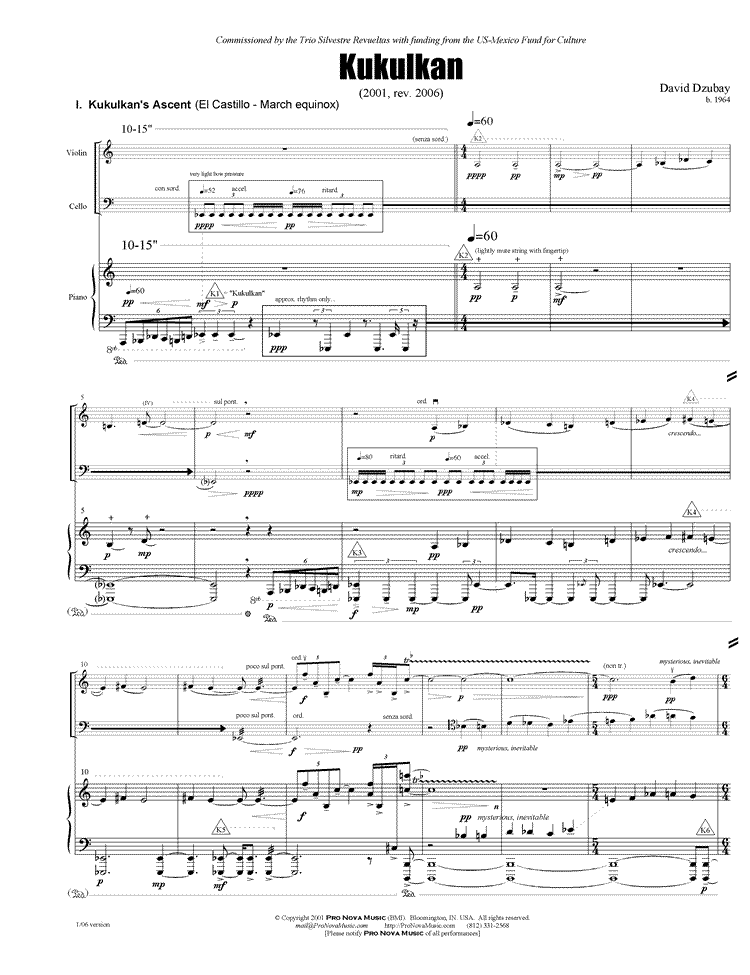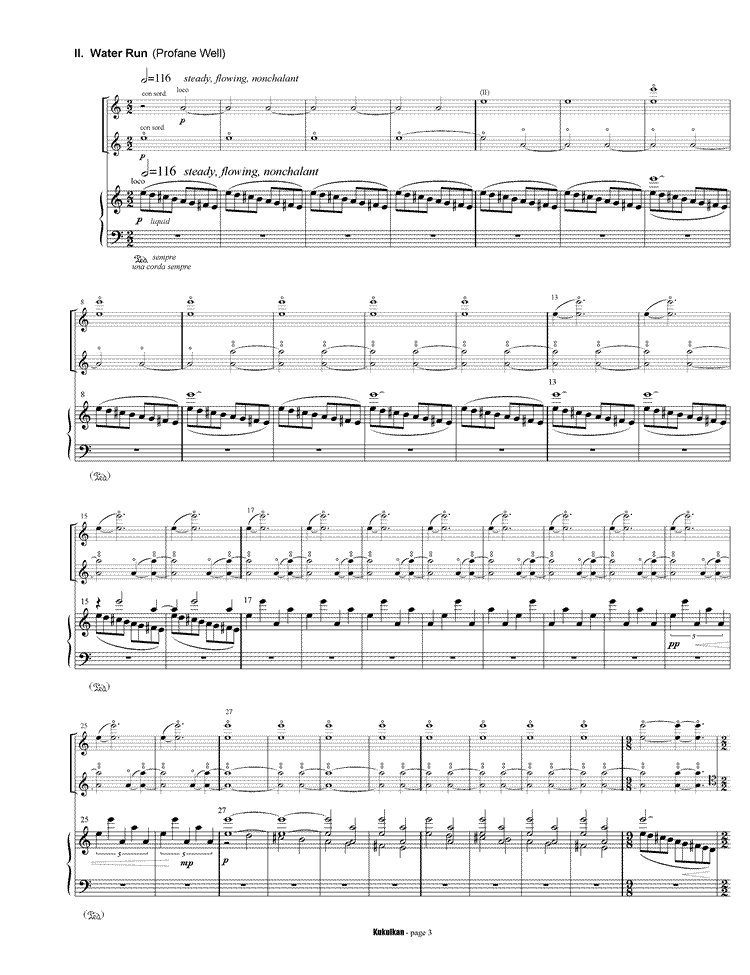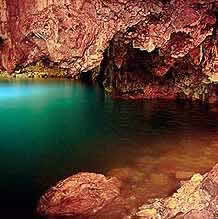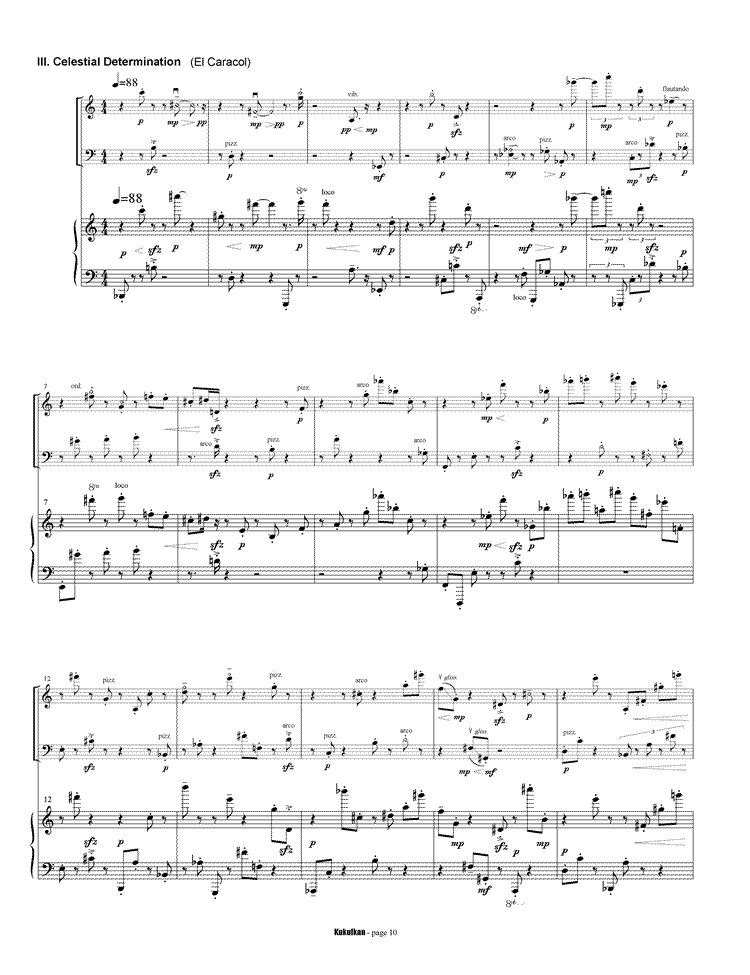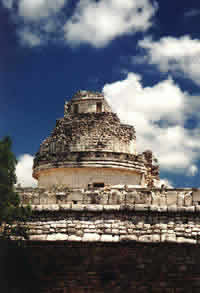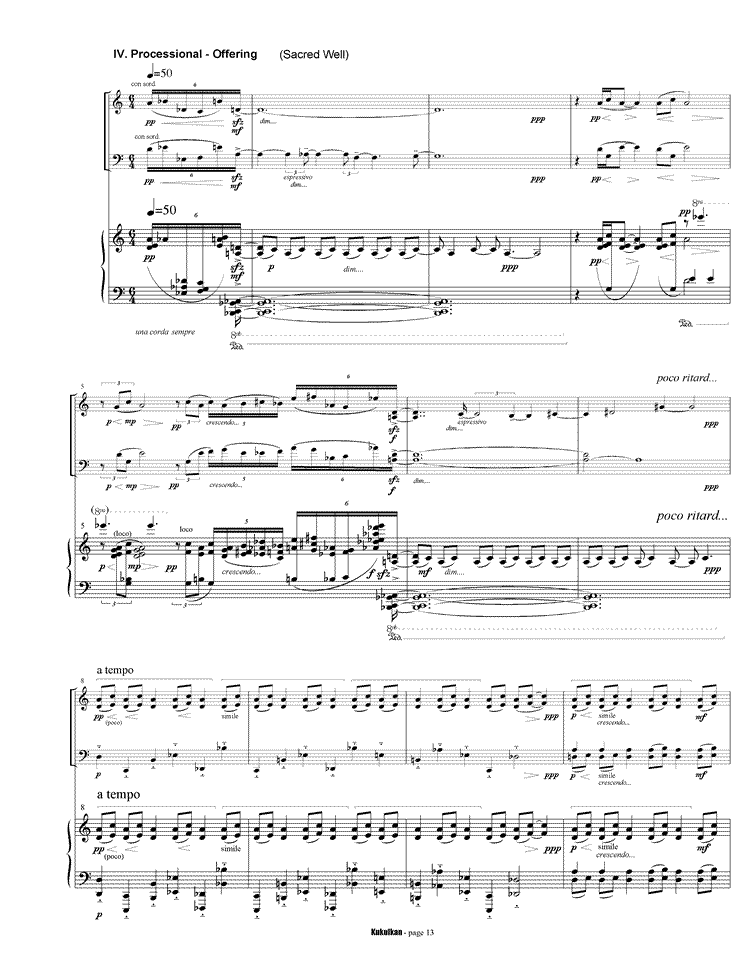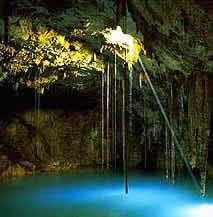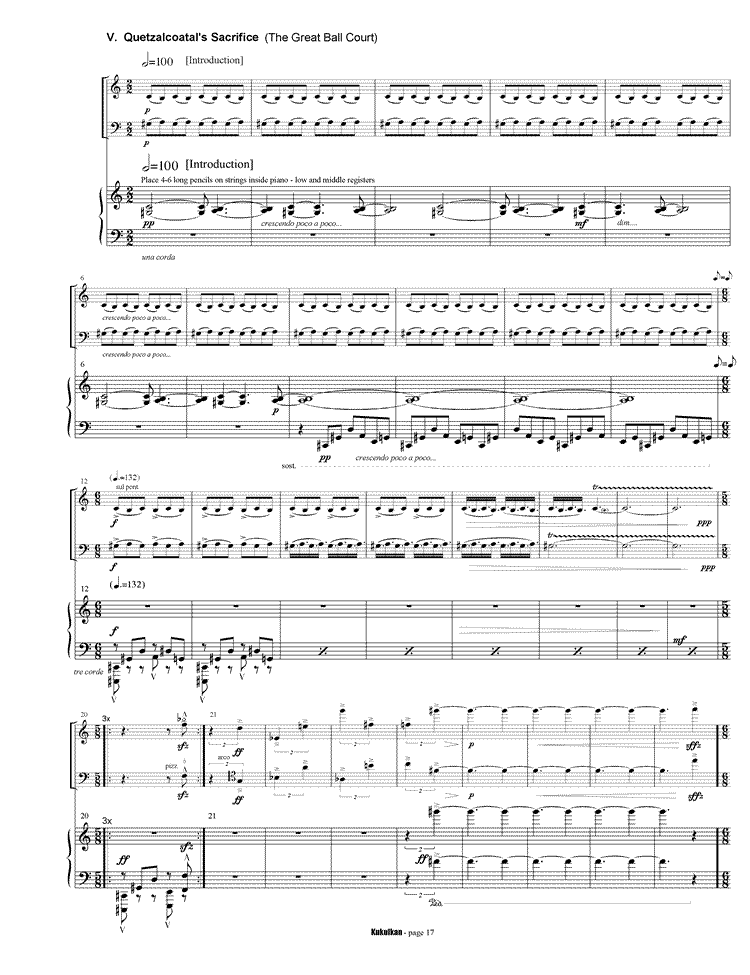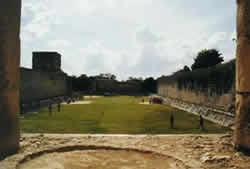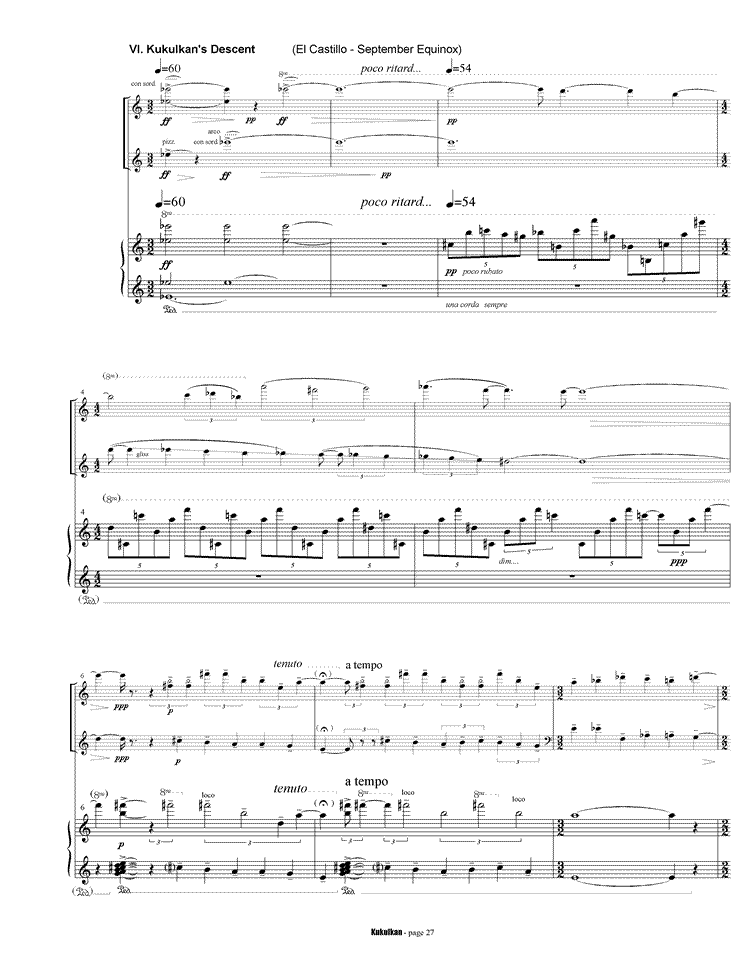Kukulkan
(2001, rev. 2006) for violin, cello & piano
- Kukulkan's Ascent (El Castillo March equinox)
- Water Run (Profane Well)
- Celestial Determination (El Caracol)
- Processional-Offering (Sacred Well)
- Quetzalcoatl's Sacrifice (The Great Ball Court)
- Kukulkan's Descent (El Castillo September equinox)
duration: 20 minutes
premieres:
May 22, 2001 by the Trio Silvestre Revueltas at the II Cedros International Music Festival in Mexico City.
The US premiere was given February 16, 2003 by Indiana University faculty performers Ik-Hwan Bae (vn.), Tsuyoshi Tsutsumi (vc.) and Shigeo Neriki (pno).
audio
I Kukulkan's Ascent (El Castillo March equinox)
II Water Run (Profane Well)
III Celestial Determination (El Caracol)
IV Processional-Offering (Sacred Well)
V Quetzalcoatl's Sacrifice (The Great Ball Court)
VI Kukulkan's Descent (El Castillo September equinox)
This recording is of Kukulkan II by the IU New Music Ensemble with:
Daniel Stein, flute
Yi-Chun Chen, clarinet
Liana Gourdjia, violin
Eric Allen, cello
Teddy Niedermaier, piano
Perusal Score
Program Note
Commissioned by the Trio Silvestre Revueltas with funding from the US-Mexico Fund for Culture
Like many visitors to the ancient Mayan ruins of Chichén Itzá, I stood in awe before the temple of Kukulkan, the god-man known to the Toltecs and Aztecs as Quetzalcoatl or "Feathered Serpent," and the Great Ball Court, imagining the exotic rituals that have taken place there. This work is a flight of fantasy that attempts to evoke the ritualistic character of some of the monuments found at Chichén Itzá, including:
El Castillo: Actually a huge solar calendar, the main pyramid of Kukulkan is a time temple that sheds light on the Mayan astronomical system. During the equinoxes, the shadow pattern of the pyramid's steps seems to show a serpent climbing up the steps in March and down the steps in September.
Two cenotes, or wells (profane and sacred): The smaller profane well was used for every day needs, while the larger sacred well was used in worship, and offerings were continually made to it. Divers have retrieved skeletons and many ritual objects from its depths.
The Observatory (El Caracol): The observatory was built in a spiraling design, with the windows in the dome aligning with certain stars on specific dates, showing the precision of Mayan astronomy.
The Great Ball Court: The whole basis and rationale of Mayan sacrifice was the belief that the victim sacrificed was Quetzalcoatl himself, and by sacrificing the victim they were reenacting Quetzalcoatl's sacrifice at the beginning of time, thereby renewing creation. In one version of the sacrifice, Quetzalcoatl manifested himself as two persons: the twins Quetzalcoatl and Tezcatlipoca. In a ritual that took place at the beginning of time, Quetzalcoatl killed his twin, from whose body the world then emerged. At the end of significant time periods - at times when creation ran out of power - a ritual ballgame was staged at the ball field of Chichén Itzá. Each side incarnated the God Quetzalcoatl, one side as Tezcatipoca and one side as the twin Quetzalcoatl. The losers - i.e., the players incarnating Tezcatlipoca, were then sacrificed. The Mayans believed that this sacrifice - as a repetition of the original sacrifice of Quetzalcoatl - would renew, and keep the world alive.


